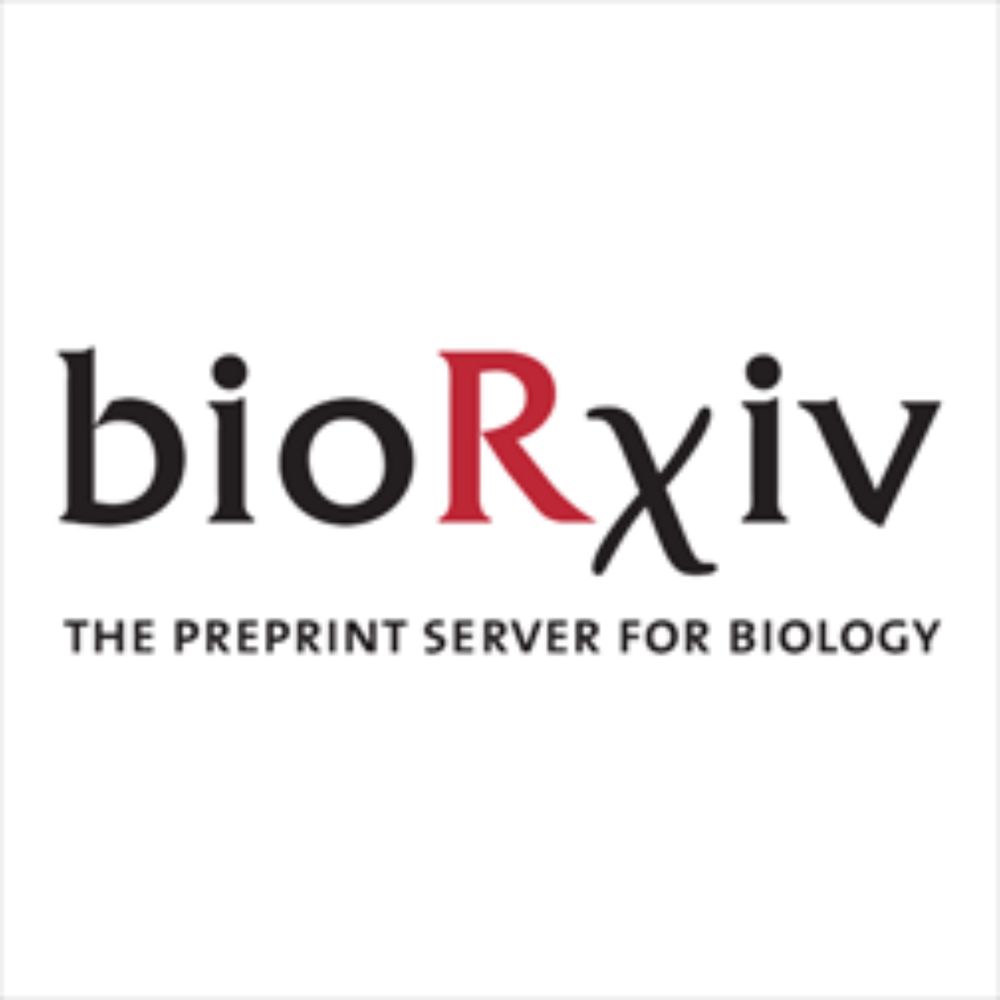Robert Kofler
@rokofler.bsky.social
Reposted by Robert Kofler
The idea is to decouple the journals from the review step. They’ll still exist, but they’ll need to add other value. They’ll highlight, curate, add new perspectives. If they do a good job they can still be prestigious (like Scientific American or Wired) (1.2) 👇
November 8, 2025 at 6:02 AM
The idea is to decouple the journals from the review step. They’ll still exist, but they’ll need to add other value. They’ll highlight, curate, add new perspectives. If they do a good job they can still be prestigious (like Scientific American or Wired) (1.2) 👇
Reposted by Robert Kofler
(1/9) Join us in Bern, Switzerland (8–11 Feb 2026) for our EMBO Workshop on Molecular Mechanisms of Selfish Elements and Strategies!
Organized with Tanja Schwander, Laura Ross (@laurarossevo.bsky.social) and Axel Imhof.
meetings.embo.org/event/26-sel...
#EMBOselfishElements #EMBOevents
Organized with Tanja Schwander, Laura Ross (@laurarossevo.bsky.social) and Axel Imhof.
meetings.embo.org/event/26-sel...
#EMBOselfishElements #EMBOevents

Molecular mechanisms of selfish elements and strategies
Certain genes, chromosomes, organelles, or entire sets of chromosomes can bias their transmission to the next generation, propagating themselves at the expense of the rest of the genome. Referred to …
meetings.embo.org
October 27, 2025 at 5:37 PM
(1/9) Join us in Bern, Switzerland (8–11 Feb 2026) for our EMBO Workshop on Molecular Mechanisms of Selfish Elements and Strategies!
Organized with Tanja Schwander, Laura Ross (@laurarossevo.bsky.social) and Axel Imhof.
meetings.embo.org/event/26-sel...
#EMBOselfishElements #EMBOevents
Organized with Tanja Schwander, Laura Ross (@laurarossevo.bsky.social) and Axel Imhof.
meetings.embo.org/event/26-sel...
#EMBOselfishElements #EMBOevents
super cool - I am constantly wondering about the effects of recent TE invasions? lethal mutations seems to be one striking effect
www.biorxiv.org/content/10.1...
www.biorxiv.org/content/10.1...

Transposable elements drive much of naturally occurring genetic lethality in Drosophila melanogaster
Recessive lethal mutations are widespread across studied species, with estimates suggesting that each individual carries at least one. Numerous lethal alleles persist in wild populations at higher fre...
www.biorxiv.org
October 22, 2025 at 3:14 PM
super cool - I am constantly wondering about the effects of recent TE invasions? lethal mutations seems to be one striking effect
www.biorxiv.org/content/10.1...
www.biorxiv.org/content/10.1...
Reposted by Robert Kofler
We are in Bluesky and we are happy to share our two last consortium publications: the DrosEU expanded DEST dataset and a Continent-wide study of phenotypic differentiation among European #Drosophila melanogaster populations (1/7)


October 19, 2025 at 9:35 AM
We are in Bluesky and we are happy to share our two last consortium publications: the DrosEU expanded DEST dataset and a Continent-wide study of phenotypic differentiation among European #Drosophila melanogaster populations (1/7)
Reposted by Robert Kofler
@kuhlwilm.bsky.social from #HEASVienna introducing @rokofler.bsky.social for the #HEASSeminar in #AncientGenomics taking place now online and in-person at the #UBB @univie.ac.at

October 13, 2025 at 8:06 AM
@kuhlwilm.bsky.social from #HEASVienna introducing @rokofler.bsky.social for the #HEASSeminar in #AncientGenomics taking place now online and in-person at the #UBB @univie.ac.at
Reposted by Robert Kofler
We are looking forward to welcoming @rokofler.bsky.social to #HEASVienna as part of the #HEASSeminar in #AncientGenomics.
Please note the slightly earlier start time of 10:00 CEST.
More information and registration on our website 👇🔗
Please note the slightly earlier start time of 10:00 CEST.
More information and registration on our website 👇🔗

HEAS Seminar Series - Ancient Genomics - HEAS
As part of the HEAS Seminar Series in Ancient Genomics, Robert Kofler from Vetmeduni Vienna will give a talk on Museomics reveals whether humans triggered widespread genome invasions across species on...
www.heas.at
October 9, 2025 at 11:14 AM
We are looking forward to welcoming @rokofler.bsky.social to #HEASVienna as part of the #HEASSeminar in #AncientGenomics.
Please note the slightly earlier start time of 10:00 CEST.
More information and registration on our website 👇🔗
Please note the slightly earlier start time of 10:00 CEST.
More information and registration on our website 👇🔗
I'm wondering if this is not a unique, once in a lifetime opportunity, to study the spread and silencing of an iERV in a natural population. last time we checked it was not yet in Vienna
We discovered an endogenous retrovirus that's still spreading in natural D. melanogaster populations! It was horizontally transferred from D. erecta in Central Africa, so we named it "Kuruka", which means "jump" in Swahili. Read its cool story here: www.biorxiv.org/content/10.1...

October 4, 2025 at 5:54 AM
I'm wondering if this is not a unique, once in a lifetime opportunity, to study the spread and silencing of an iERV in a natural population. last time we checked it was not yet in Vienna
Reposted by Robert Kofler
Reposted by Robert Kofler
SINGER, our ARG inference method, is finally published and freely available online:
doi.org/10.1038/s415...
It was a long journey – 16 months from initial submission to acceptance. Is it just me, or has peer review gotten more arduous lately? 4+ rounds of review isn't so unusual these days...
doi.org/10.1038/s415...
It was a long journey – 16 months from initial submission to acceptance. Is it just me, or has peer review gotten more arduous lately? 4+ rounds of review isn't so unusual these days...

Robust and accurate Bayesian inference of genome-wide genealogies for hundreds of genomes - Nature Genetics
SINGER is a method for creating ancestral recombination graphs to understand the genealogical history of genomes. The method has increased speed, and thus scalability, without sacrificing accuracy.
doi.org
September 11, 2025 at 3:50 AM
SINGER, our ARG inference method, is finally published and freely available online:
doi.org/10.1038/s415...
It was a long journey – 16 months from initial submission to acceptance. Is it just me, or has peer review gotten more arduous lately? 4+ rounds of review isn't so unusual these days...
doi.org/10.1038/s415...
It was a long journey – 16 months from initial submission to acceptance. Is it just me, or has peer review gotten more arduous lately? 4+ rounds of review isn't so unusual these days...
Reposted by Robert Kofler
In all my obsession with RNA silencing, I realized I became blind to the significance of autoregulation of DNA transposons. Which is funny, because it was characterized in many ways by my Ph.D. advisor. From 2013: elifesciences.org/articles/00668

The autoregulation of a eukaryotic DNA transposon
A DNA transposon, or ‘jumping gene’, controls its amplification within a genome through a competition between the enzyme multimers that are responsible for its mobility.
elifesciences.org
August 30, 2025 at 3:48 PM
In all my obsession with RNA silencing, I realized I became blind to the significance of autoregulation of DNA transposons. Which is funny, because it was characterized in many ways by my Ph.D. advisor. From 2013: elifesciences.org/articles/00668
Reposted by Robert Kofler
An & Nam investigated chromosome size and TE organization in ten butterfly species, showing lepidopterans have denser TEs in smaller chromosomes, with nonallelic homologous recombination as a potential driving force.
🔗 doi.org/10.1093/gbe/evaf137
#genome #evolution #TEsky
🔗 doi.org/10.1093/gbe/evaf137
#genome #evolution #TEsky

Lepidopteran Genomes Have Denser Transposable Elements in Smaller Chromosomes, Likely Driven by Non-allelic Homologous Recombination
Abstract. Transposable elements (TEs) drive major genome size and structural variations, yet evolutionary forces affecting their accumulation and removal r
doi.org
August 29, 2025 at 6:07 PM
Reposted by Robert Kofler
Germline defence from TEs largely relies on piRNAs. Yet, @divyaselvaraju.bsky.social and I monitored a P-element invasion in Drosophila that was stopped by an internally deleted copy, no host intervention required!
doi.org/10.1371/jour...
Many thanks to @rpianezza.bsky.social & @rokofler.bsky.social
doi.org/10.1371/jour...
Many thanks to @rpianezza.bsky.social & @rokofler.bsky.social

Rapid emergence of non-autonomous elements may stop P-element invasions in the absence of a piRNA-based host defence
Author summary Transposable elements (TEs) are short, self-replicating DNA sequences found in nearly all genomes. While they can be harmful to their hosts, many organisms have evolved defence systems,...
journals.plos.org
August 28, 2025 at 1:27 PM
Germline defence from TEs largely relies on piRNAs. Yet, @divyaselvaraju.bsky.social and I monitored a P-element invasion in Drosophila that was stopped by an internally deleted copy, no host intervention required!
doi.org/10.1371/jour...
Many thanks to @rpianezza.bsky.social & @rokofler.bsky.social
doi.org/10.1371/jour...
Many thanks to @rpianezza.bsky.social & @rokofler.bsky.social
Reposted by Robert Kofler
@shashankpritam.bsky.social first research paper on the effect of insertion bias on transposon fitness!! With @almoroscarpa.bsky.social and @rokofler.bsky.social link.springer.com/article/10.1...

The impact of insertion bias into piRNA clusters on the invasion of transposable elements - BMC Biology
Background In our current understanding of transposable element (TE) invasions, TEs move freely until they accidentally insert into a piRNA cluster, where they are silenced by the production of piRNA ...
link.springer.com
August 15, 2025 at 4:10 PM
@shashankpritam.bsky.social first research paper on the effect of insertion bias on transposon fitness!! With @almoroscarpa.bsky.social and @rokofler.bsky.social link.springer.com/article/10.1...
Reposted by Robert Kofler
piRNAs are essential for transposon silencing in the animal germline.
But how do hosts trap transposon sequences in genomic loci that help establish a piRNA response?
Looking at a natural transposon invasion, Baptiste Rafanel and Kirsten Senti made some remarkable observations.
But how do hosts trap transposon sequences in genomic loci that help establish a piRNA response?
Looking at a natural transposon invasion, Baptiste Rafanel and Kirsten Senti made some remarkable observations.
Antisense transposon insertions into host genes trigger piRNA mediated immunity https://www.biorxiv.org/content/10.1101/2025.07.28.667215v1
August 3, 2025 at 3:39 PM
piRNAs are essential for transposon silencing in the animal germline.
But how do hosts trap transposon sequences in genomic loci that help establish a piRNA response?
Looking at a natural transposon invasion, Baptiste Rafanel and Kirsten Senti made some remarkable observations.
But how do hosts trap transposon sequences in genomic loci that help establish a piRNA response?
Looking at a natural transposon invasion, Baptiste Rafanel and Kirsten Senti made some remarkable observations.
Reposted by Robert Kofler
Adaptive P-element insertions in a long non-coding RNA are associated with unique silencing properties
www.biorxiv.org/content/10.1...
www.biorxiv.org/content/10.1...
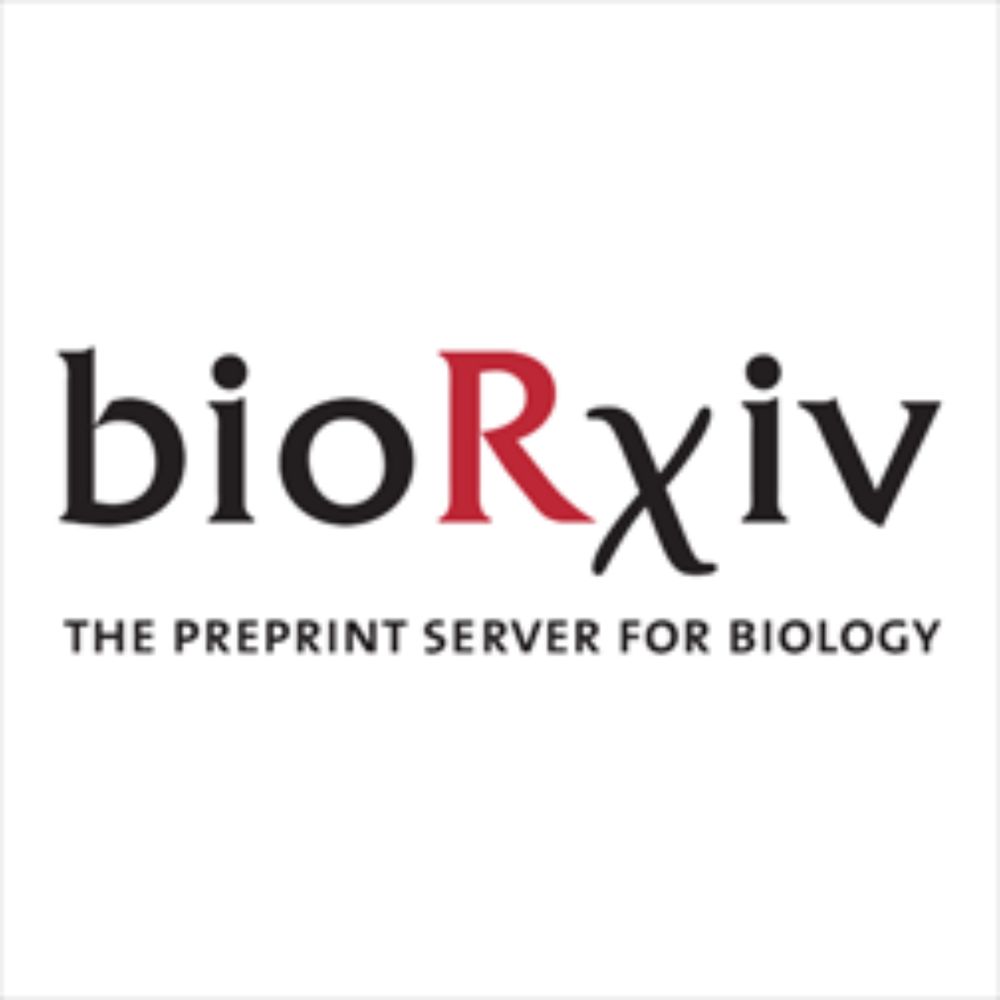
Adaptive P-element insertions in a long non-coding RNA are associated with unique silencing properties
Transposable elements are genetic parasites whose mobilization throughout the genome is a major source of deleterious mutations. However, some TE insertions are beneficial because they improve host fi...
www.biorxiv.org
July 25, 2025 at 4:55 PM
Adaptive P-element insertions in a long non-coding RNA are associated with unique silencing properties
www.biorxiv.org/content/10.1...
www.biorxiv.org/content/10.1...
Reposted by Robert Kofler
@rokofler.bsky.social uncovered a treasure cove in Drosophila populations here. Remarkable and highly relevant findings on horizontal transfer of all kinds of TEs, irrespective of their transposition type.
@rokofler.bsky.social talks about the spread of TEs in drosophila over time - are humans responsible?? #smbe2025
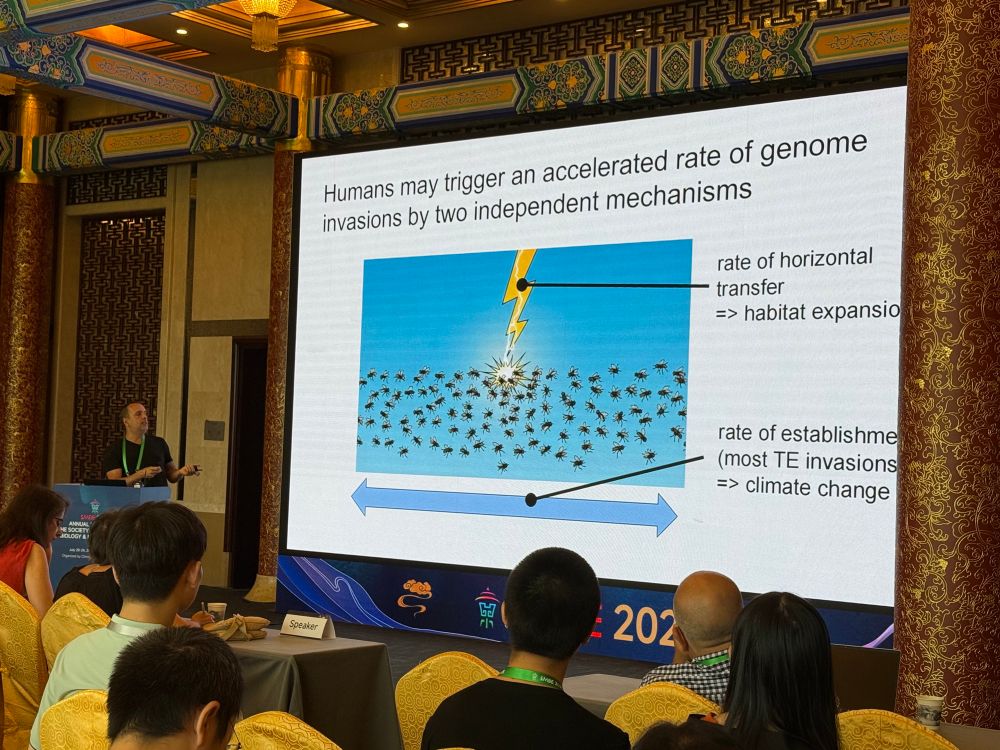
July 22, 2025 at 8:28 AM
@rokofler.bsky.social uncovered a treasure cove in Drosophila populations here. Remarkable and highly relevant findings on horizontal transfer of all kinds of TEs, irrespective of their transposition type.
Reposted by Robert Kofler
@rokofler.bsky.social talks about the spread of TEs in drosophila over time - are humans responsible?? #smbe2025

July 22, 2025 at 4:30 AM
@rokofler.bsky.social talks about the spread of TEs in drosophila over time - are humans responsible?? #smbe2025
Reposted by Robert Kofler
@rpianezza.bsky.social @almoroscarpa.bsky.social, A. Haidar, @signor-molevol.bsky.social & @rokofler.bsky.social investigated 11 TEs in D. melanogaster that added ~1 Mbp via horizontal transfer, likely from other Drosophila spp.
🔗 doi.org/10.1093/molbev/msaf143
#evobio #drosophila #TEsky
🔗 doi.org/10.1093/molbev/msaf143
#evobio #drosophila #TEsky

Spatiotemporal Tracking of Three Novel Transposable Element Invasions in Drosophila melanogaster over the Last 30 Years
Abstract. Transposable elements (TEs) are repetitive sequences capable of mobilizing within genomes, exerting a significant influence on evolution througho
doi.org
July 10, 2025 at 5:57 AM
@rpianezza.bsky.social @almoroscarpa.bsky.social, A. Haidar, @signor-molevol.bsky.social & @rokofler.bsky.social investigated 11 TEs in D. melanogaster that added ~1 Mbp via horizontal transfer, likely from other Drosophila spp.
🔗 doi.org/10.1093/molbev/msaf143
#evobio #drosophila #TEsky
🔗 doi.org/10.1093/molbev/msaf143
#evobio #drosophila #TEsky
Reposted by Robert Kofler
Talks by:
@gonzalezlabbcn.bsky.social
Yalong Guo
Axel Meyer
Emmanuelle Lerat
Cheng Sun
Qiheng Xu
Jie Cui
Ilia Kirov
Chengyi Song
Li Wang
Jing Wang
@rokofler.bsky.social
Ying Liu
Shengjun Tan
@gonzalezlabbcn.bsky.social
Yalong Guo
Axel Meyer
Emmanuelle Lerat
Cheng Sun
Qiheng Xu
Jie Cui
Ilia Kirov
Chengyi Song
Li Wang
Jing Wang
@rokofler.bsky.social
Ying Liu
Shengjun Tan
June 30, 2025 at 6:37 PM
Talks by:
@gonzalezlabbcn.bsky.social
Yalong Guo
Axel Meyer
Emmanuelle Lerat
Cheng Sun
Qiheng Xu
Jie Cui
Ilia Kirov
Chengyi Song
Li Wang
Jing Wang
@rokofler.bsky.social
Ying Liu
Shengjun Tan
@gonzalezlabbcn.bsky.social
Yalong Guo
Axel Meyer
Emmanuelle Lerat
Cheng Sun
Qiheng Xu
Jie Cui
Ilia Kirov
Chengyi Song
Li Wang
Jing Wang
@rokofler.bsky.social
Ying Liu
Shengjun Tan
super-happy, three TE invasions in Dmel during the last 30 years; the crazy thing - Transib1 spread in just 2-3years in global populations academic.oup.com/mbe/advance-... great work everyone @rpianezza.bsky.social @almoroscarpa.bsky.social @signor-molevol.bsky.social Anna Haider
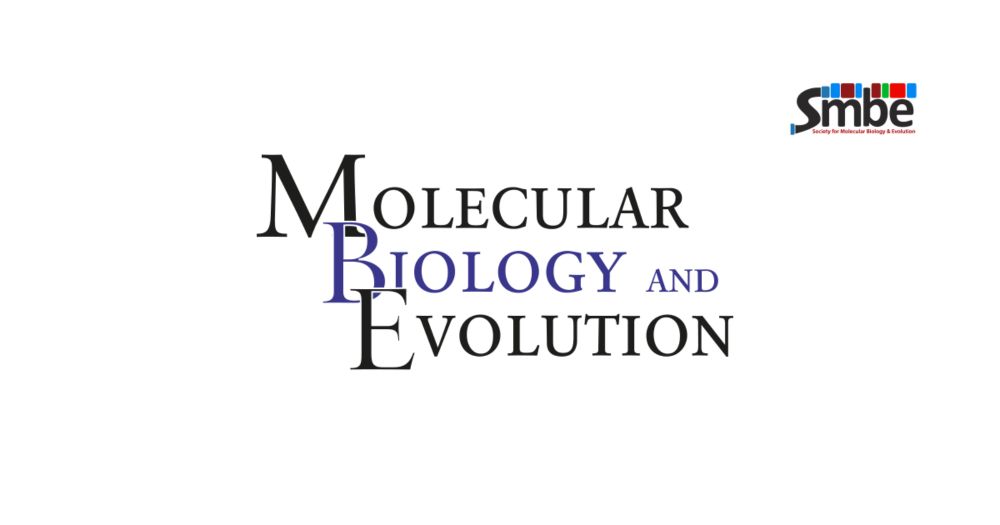
Spatio-temporal tracking of three novel transposable element invasions in Drosophila melanogaster over the last 30 years
Abstract. Transposable elements (TEs) are repetitive sequences capable of mobilizing within genomes, exerting a sigfinificant influence on evolution throug
academic.oup.com
June 11, 2025 at 11:37 AM
super-happy, three TE invasions in Dmel during the last 30 years; the crazy thing - Transib1 spread in just 2-3years in global populations academic.oup.com/mbe/advance-... great work everyone @rpianezza.bsky.social @almoroscarpa.bsky.social @signor-molevol.bsky.social Anna Haider
Reposted by Robert Kofler
The work on TE invasions in D. melanogaster continues! We found three more recent invasions, one of which occurred in ~3 years worldwide. Another great collaboration with @rpianezza.bsky.social @rokofler.bsky.social and others
academic.oup.com
June 10, 2025 at 1:35 PM
The work on TE invasions in D. melanogaster continues! We found three more recent invasions, one of which occurred in ~3 years worldwide. Another great collaboration with @rpianezza.bsky.social @rokofler.bsky.social and others
Reposted by Robert Kofler
Flybase lost all of the NIH support overnight - it is a disaster for the community. Please consider donating. I just did! www.philanthropy.cam.ac.uk/give-to-camb...

Drosophila Genetic Database
The Drosophila Genetic Database, FlyBase, is on the brink of collapse due to the sudden termination of the FlyBase NIH grant, which includes salaries for 5 literature curators based at the University ...
www.philanthropy.cam.ac.uk
June 3, 2025 at 6:23 PM
Flybase lost all of the NIH support overnight - it is a disaster for the community. Please consider donating. I just did! www.philanthropy.cam.ac.uk/give-to-camb...
great work of Riccardo tracing the origin of D.melanogaster transposons
Our new preprint is out! We explored the biogeographic origins of TEs in the D. melanogaster genome.
Most TEs were recently acquired via horizontal transfer, mainly from Afrotropical Drosophila species. Surprisingly, all African drosophilids share some of these TEs!
www.biorxiv.org/content/10.1...
Most TEs were recently acquired via horizontal transfer, mainly from Afrotropical Drosophila species. Surprisingly, all African drosophilids share some of these TEs!
www.biorxiv.org/content/10.1...

Biogeography shapes the TE landscape of Drosophila melanogaster
The abundance and composition of transposable elements (TEs) varies widely across species, yet the evolutionary forces shaping this diversity remain poorly understood. Using 285 recently published gen...
www.biorxiv.org
June 3, 2025 at 8:04 AM
great work of Riccardo tracing the origin of D.melanogaster transposons
this is fantastic news - congrats Philipp :)
🪰 GSEA winner Philipp Hummer - PhD student @popgenviennaphd.bsky.social - is on today!
Philipp is working at the intersection of genomics, museum collections, insect evolution, and transposable elements.
More on Philipp ⬇️ and follow him: @philipphummer.bsky.social
Philipp is working at the intersection of genomics, museum collections, insect evolution, and transposable elements.
More on Philipp ⬇️ and follow him: @philipphummer.bsky.social

May 6, 2025 at 11:20 AM
this is fantastic news - congrats Philipp :)
Reposted by Robert Kofler
Our #PhD student Almorò Scarpa @almoroscarpa.bsky.social looks forward to #PopGen meeting tomorrow! He will tell us about "Two centuries of transposable element invasions in Drosophila melanogaster"
Full schedule and streaming details at www.popgen-vienna.at/news/seminars/
Full schedule and streaming details at www.popgen-vienna.at/news/seminars/
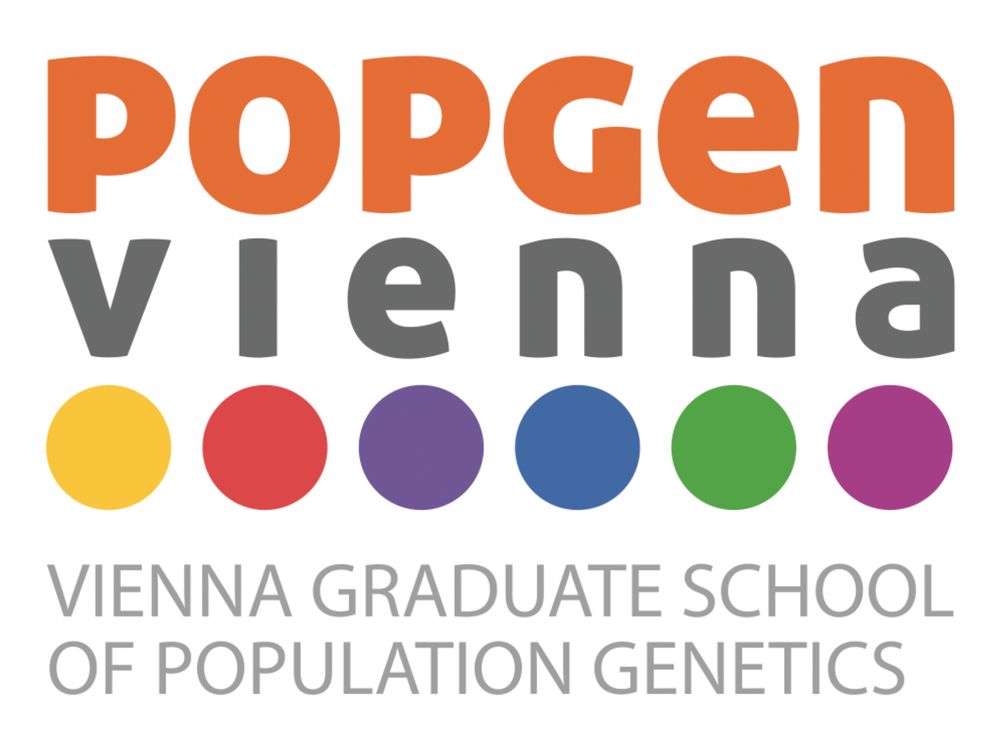
Seminars
www.popgen-vienna.at
April 14, 2025 at 8:18 AM
Our #PhD student Almorò Scarpa @almoroscarpa.bsky.social looks forward to #PopGen meeting tomorrow! He will tell us about "Two centuries of transposable element invasions in Drosophila melanogaster"
Full schedule and streaming details at www.popgen-vienna.at/news/seminars/
Full schedule and streaming details at www.popgen-vienna.at/news/seminars/


